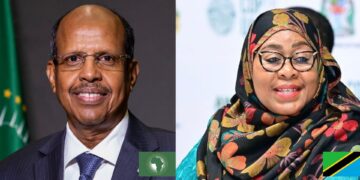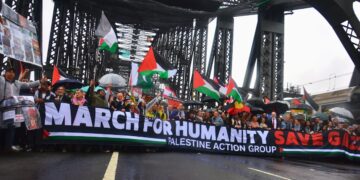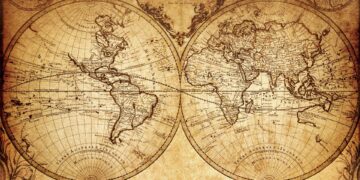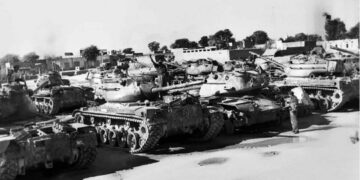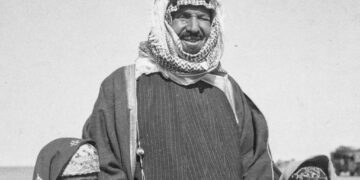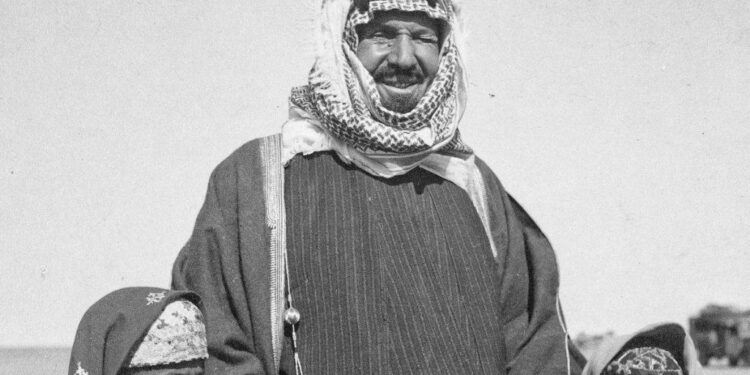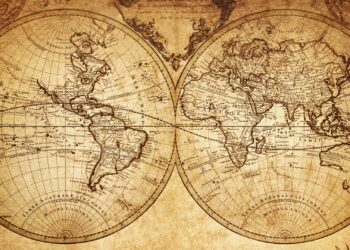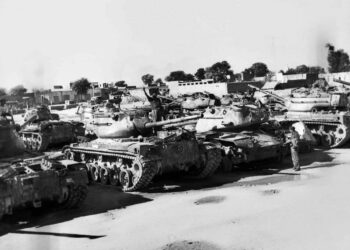On Sept. 23, 1932, Abdulaziz Ibn Saud declared the unification of the Kingdom of Hejaz and Nejd, giving birth to the modern state of Saudi Arabia. The move marked the culmination of more than three decades of political and military campaigns led by Ibn Saud to consolidate control over the Arabian Peninsula.
Before unification, the region was divided into distinct territories, most notably the Hejaz — home to the holy cities of Mecca and Medina — and Nejd, the heartland of Ibn Saud’s power. Through strategic alliances, marriages, and military victories, he gradually extended his rule, defeating rival tribes and regional leaders.
The proclamation was issued by royal decree, and the new nation took the name “Kingdom of Saudi Arabia,” the only country in the world named after its ruling family. Ibn Saud became its first monarch, taking the title King Abdulaziz.
The unification was not only political but also symbolic. It established centralized authority over a region that had long been fragmented, laying the foundation for a modern state that would later play a central role in Middle Eastern and global affairs.
Saudi Arabia’s vast oil reserves, discovered a few years later in 1938, transformed the kingdom from a largely desert society into one of the world’s wealthiest states. The discovery brought dramatic economic and social changes, fueling rapid modernization while reinforcing the monarchy’s power.
Today, Sept. 23 is celebrated annually as Saudi National Day, a public holiday marked by parades, cultural festivals, and official ceremonies. It serves as both a reminder of the kingdom’s founding and a symbol of national unity under the House of Saud.

